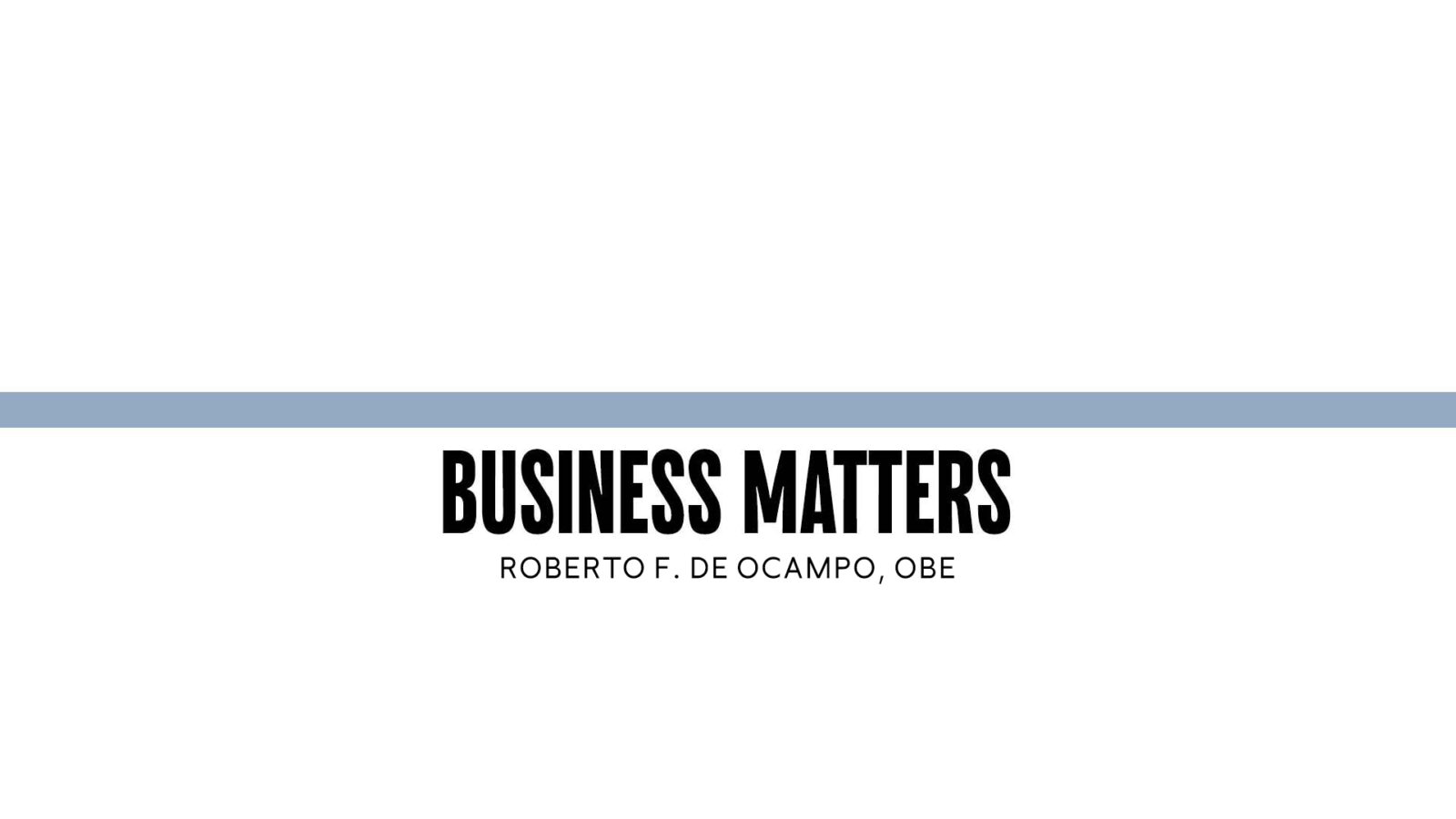Fearful forecast

As the year draws to a close, I normally present my fearless forecast for the coming year. Yet tectonic shifts in the global geopolitical balance of power compel me to frame this year’s outlook not as fearless but fearful.
Foremost among these changes is the long-anticipated transition from a unipolar world—dominated by the United States since the end of World War II—to a multipolar order. This new landscape is shaped by rising economic powers that, though less militarized, are steadily approaching parity with the US and its G7 allies, particularly the former empires of the United Kingdom, France, and Germany.
The defining feature of this multipolar world is the ascent of China and the continued evolution of BRICS, the bloc originally formed by Brazil, Russia, India, China, and South Africa.
China’s rise has been spectacular and shows little sign of slowing.
China’s manufacturing sector accounts for roughly 26 percent of its gross domestic product (GDP), driving employment, innovation, and export revenues. On the global stage, its dominance is even more striking: China contributes about 30 percent of worldwide manufacturing value-added and has held the title of the world’s largest manufacturing powerhouse for 15 consecutive years.
Beyond manufacturing, China supplies 70 percent of the rare earth minerals essential to modern technology, including advanced weaponry. It leads the world in renewable energy production, particularly solar panels, electric vehicles, and is rapidly advancing toward dominance in artificial intelligence, microchip technology, and nuclear energy. Lesser known to most, but of crucial importance, is the fact that China graduates more engineers than the US and Europe combined.
In contrast, the US and its G7 allies face mounting challenges as their rivals ascend.
By prioritizing finance and short-term profits over industrial resilience, the US has allowed its manufacturing base to erode, leaving it disadvantaged against China and others.
In addition, the US dollar’s role as the dominant global reserve and international trade currency is under threat from “de-dollarization,” a movement spearheaded by BRICS. This effort responds to concerns that Washington weaponizes the dollar through draconian economic sanctions. Parallel institutions, such as the Asian Infrastructure Investment Bank and the New Development Bank, alternatives to Society for Worldwide Interbank Financial Telecommunication, and increased use of local currencies in energy trade are already taking shape.
It doesn’t help that trillions spent by the West to support Ukraine have yielded little, with certain defeat looming. The European Union, meanwhile, has deprioritized social services and infrastructure welfare in favor of military spending, while grappling with an energy crisis caused by severed access to cheap Russian supplies, and now relies on costlier energy imports.
Finally, the US national debt has surged to an estimated $38 trillion—about 125 percent of GDP—and continues to grow. Servicing this debt threatens to crowd out essential spending on social services, infrastructure, and defense, and may raise interest rates and devalue the dollar while undermining global confidence in the dollar and US economic stewardship.
Against this backdrop, there is concern that the US economy may face the specter of stagflation—stagnant growth coupled with inflation. Risks of recession by late 2026 are elevated, signaled by falling consumer confidence, looming layoffs, and household strain from high prices and interest rates. While no official recession has been declared, the warning signs are worrisome.
It has often been said that when the US sneezes, the Philippines catches a cold. But now, America already has a cold, and we are suffering from pneumonia. What happens should the US catch pneumonia?
Unfortunately, external shocks are not the only drivers of a fearful forecast for the Philippines. Our own self-inflicted wounds deepen the crisis. Chief among these is the unprecedented corruption in flood control projects, including the insertion of billions into the national budget. This is not mere corruption—it is plunder. The spectacle erodes global confidence and drags the nation’s reputation into disrepute. The consequences are already visible:
Reports show foreign investment pledges fell by 49 percent in the third quarter of 2025.
Since July, when President Marcos Jr. pinpointed evidence of corruption in flood control projects during his State of the Nation Address, the peso has dropped more than 2 percent. Some fear that by year’s end, it may weaken further as even steady overseas Filipino workers remittances may be outweighed by increased capital flight or weak investment inflows.
When will we awaken from this cycle of self-sabotage? Will our leaders remain preoccupied with their own “Game of Thrones” while the nation falters? How long can the patience of the world’s most patient people endure? Can we hope to catch up with our neighbors who are already rising rapidly, while we continue to crawl? Sadly, 2026 may not be a year for positive answers to these questions.
—————-
Roberto F. de Ocampo, OBE is a former finance secretary and was finance minister in 1995, 1996, and 1997.
—————-
Business Matters is a project of the Makati Business Club (makatibusinessclub@mbc.com.ph).





















